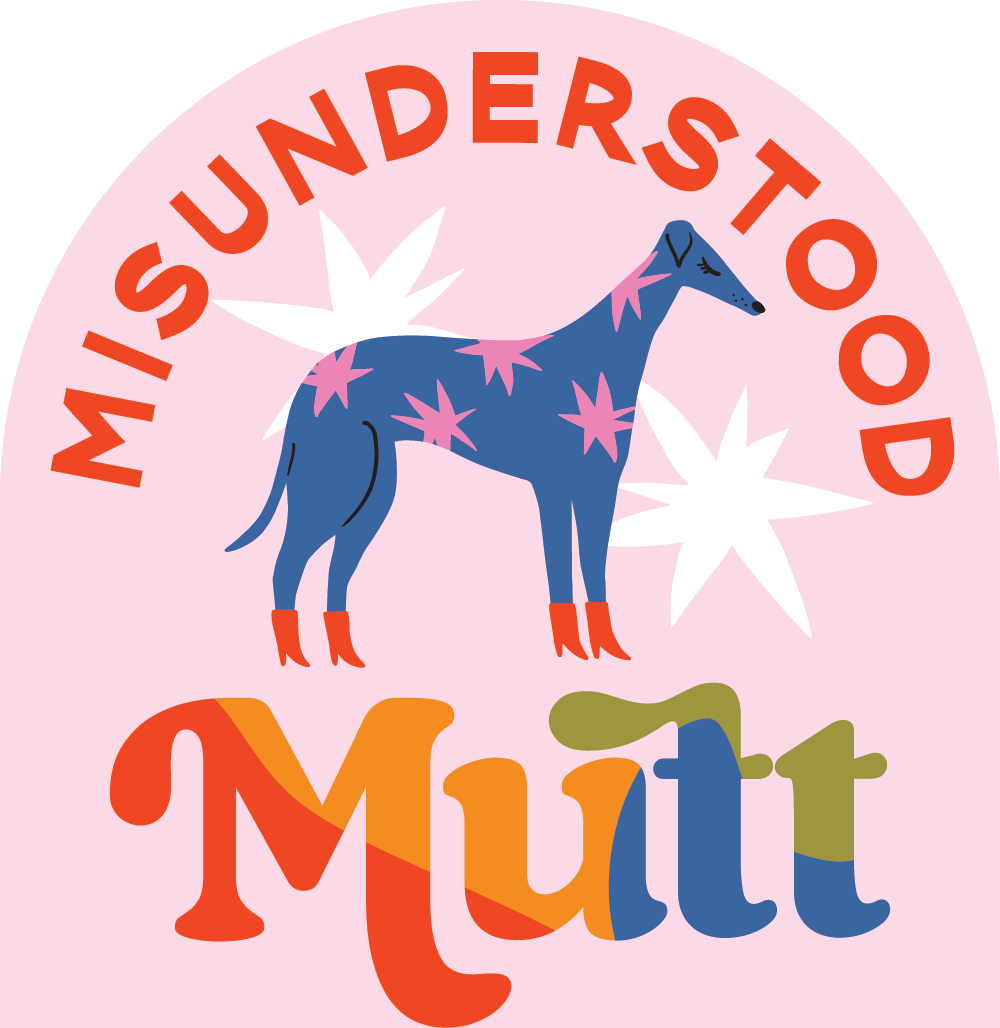Newly adopted dog from a Shelter? 4 tips for new rescue dog parents so you can stop freaking TF out!!
If you’re here, you must be a new parent of a rescue dog or soon to be one! Good for you for doing research on how to tackle this new phase of your life. Whether you worked with a dog rescue group, adopted a dog from your local human society or volunteer organization such as the Greenville Humane Society or Greenville County Animal Care, having a new dog can feel super scary.
Bringing home a new rescue dog usually comes with a lot of emotions. You’re probably feeling excited, nervous, grateful, confident and maybe even a little surreal. This new furry animal has entered your life and has become your new bestie for many many years to come. Truly, such an awesome feeling!
I have put together 4 dog training and enrichment tips for you and your newly adopted dog! These are a great place to start your dog training journey together!
1. Hire a certified positive reinforcement dog trainer.
This is the most valuable resource you could possibly have throughout your dog guardianship journey. Having a certified dog trainer on your team will help you to feel more confident with the transition from shelter dog to family dog. You will be able to go to them for guidance and ask them questions about your dog’s integration process. Your certified dog trainer will have spent years becoming educated on dog behavior so that they can help you set yourself and your new bestie up for a successful life together!
ps - I am a multi certified dog trainer and train virtually. I even have a training package catered to guardians of newly adopted dogs! Check it out here!
2. Begin learning about dog body language: for better communication with your dog and to better understand them!
Your dog’s primary mode of communication is through their body. Your new bestie doesn’t speak the same language as you! We can teach them what certain words mean however your dog uses their body to show you how they are feeling.
Side note - humans also do this! We are just used to communicating through words and can often overlook how much we can learn about a person’s feelings through their body language.
Here’s how that shows up in humans:
Humans may smile when they are happy to see someone, dogs will often have a loose wagging tail or even a full body wag.
Humans may cross their arms and lower their heads when they are feeling uncomfortable, dogs will often pin their ears back, show the whites of their eyes and shift their weight away.
Humans may bounce their legs when they are feeling nervous, dogs will often pant heavily while pinning their ears back, begin pacing, and may even start whining.
Okay, back to the dogs. Barking, growling, whining, sighing... those are common vocalizations that will be used by dogs to communicate their feelings. Your dog will have multiple types of barks, each one meaning something different. Their growls, we like that. Growling is a way that dogs communicate that they are uncomfortable and need space. A growling dog does not mean an aggressive dog. A growl is a warning, please always respect and honor your dog’s growl.
Aside from those vocalizations, your dog will be talking to you through their tail, their ears, the shifts in their posture, their eyes, and even through their fur. Check out Doggie Language by Lili Chin, my favorite dog body language book, to learn more!
3. Start learning about YOUR newly adopted dog’s behavioral habits - especially ones that may be fear-based!
Every dog is an individual. Your dog is not the same as your friend’s dog. Nor are they the same as the previous dogs that you shared your life with. Just like how you are completely different from your friends and siblings. Take time to observe how your dog acts with different types of toys, different treats, in different environments, and with different people or dogs!
Your new bestie will also have their own needs which you will have to meet daily. If you’re unsure how to meet these or what your dog’s needs are, apply for an initial training session with me and we can work it out!
4. Last but definitely not least... Train your dog humanely with fear-free and force-free practices!
When you put your energy into humane, force-free training methods… your bond with your dog evolves into something so incredible. Taking the time to learn about your dog as an individual will help you become even more successful with your training.
Now, you may not know exactly what I mean when I say train humanely or even what force-free training methods are. Force-free dog training focuses on utilizing rewards in training. So, if your dog does something you like, we’re going to let them know we liked that by rewarding them for it with a treat, a toy, or something that they find to be enjoyable. (learning about your dog is really important here, you need to know what they enjoy to reinforce those awesome behaviors!)
And then, we prevent the undesired behavior from happening by using things like crates, baby gates, harness/leash, etc while teaching your new rescue dog what it is that you would like for them to do! We do all of this while avoiding the use of punishment. When training is done correctly, there is literally no need to ever punish your dog!
I know it can be a lot of work adjusting your new shelter pup to their new life, I believe in you and wish you much success! Check out my freebie for a list of must-haves to get before you bring your new shelter dog home.
Em Fitzpatrick, VSA-CDT
emily@misunderstoodmutt.com

